“Interest or Regulation?” As South Korea Weighs Stablecoin Adoption, Will It Look to China’s Experiment?
Input
Changed
Capital requirements and ICO allowance
The key question: interest payments
Capital outflow risks and global comparisons
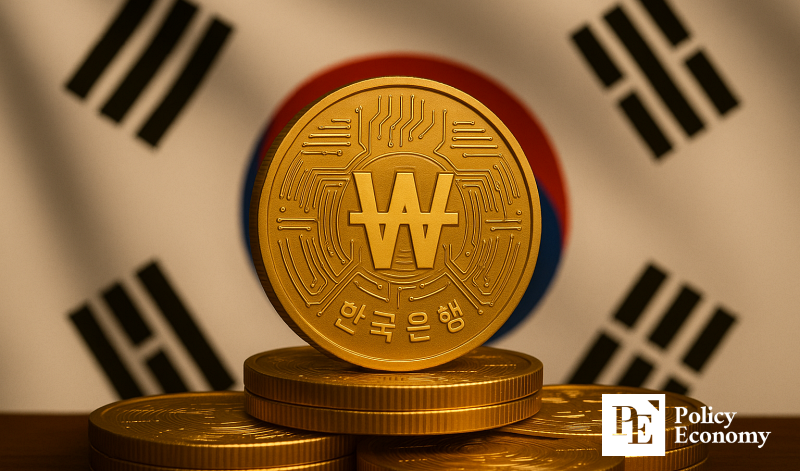
As debate over stablecoin adoption heats up in financial and political circles worldwide, South Korea has introduced a “Digital Asset Innovation Act.” The bill allows domestic issuance but imposes strict requirements on capitalization and interoperability. Experts warn that, much like China’s decision to test stablecoins in Hong Kong to avoid capital flight, South Korea must find its own balance between capital controls and competition in the global stablecoin arena.
Debating regulation amid weak demand
On September 3, Democratic Party lawmaker Kangil Lee announced at the National Assembly the introduction of the “Act on the Innovation and Growth of the Digital Asset Industry,” known as the Digital Asset Innovation Act. It is South Korea’s second broad digital asset law and the fifth bill specifically targeting stablecoins.
The proposal’s core is to fully legalize domestic initial coin offerings (ICOs) while strengthening oversight of stablecoin issuance. A statutory association would be responsible for reviewing each project’s white paper, which—unlike a securities registration—lays out only a project vision without concrete earnings or performance data.
The bill categorizes nine types of digital asset businesses, applying a licensing regime for exchanges and brokerages, while custodians, payment processors, managers, funds, lenders, advisors, and agency services would register rather than seek licenses. In practice, this codifies the current system.
Stablecoin issuers would face capital requirements of about USD 7.3 million. Issuers would undergo rigorous scrutiny on shareholder suitability, business plans, and conflict-of-interest safeguards. Reserves must always exceed the circulation of issued coins, with monthly attestation reports and annual external audits published.
The bill also addresses blockchain mainnets, long criticized for lacking standards in South Korea. Under the proposal, a government-designated institution would set technical standards, with interoperability mandated across global chains. For example, a stablecoin launched on Korea’s Klaytn network would also have to operate seamlessly on Ethereum or Tron. “Interoperability is the single most important requirement for stablecoins,” Lee said, noting that the aim is to ensure circulation across multiple blockchains. He added that the goal is to unify several competing proposals in the Assembly before year-end.
Clash between banks and regulators
The sharpest divide is whether stablecoins should be allowed to pay interest. Without yield, demand for a won-backed token would be limited. But permitting interest risks turning stablecoins into de facto bank deposits, triggering rapid outflows from the banking system. Current guidelines ban issuers from paying interest directly, while leaving room for indirect rewards through exchange staking, lending, or deposits. Once stablecoins enter the regulatory perimeter, this structure could undermine deposit insurance and liquidity requirements that protect traditional banks.
Surveys suggest younger consumers are already experimenting. A poll of 251 South Koreans in their 20s and 30s found 42.6% viewed stablecoins as useful for trading and 42.2% for storing value. About 21% had already held stablecoins, with the majority transacting between USD 73,000 and USD 730,000. This highlights the spread of what observers call “digital wealth management” among younger generations.
From a systemic perspective, the greatest risk is a cycle of interest-rate competition, capital inflows, and eventual “coin runs.” If issuers or platforms raise yields to attract users, reserve management risks increase. A shock could trigger a flood of redemptions, breaking the peg. The collapse of Silicon Valley Bank in 2023 offers a case study: Circle’s USDC, with 8.25% of its USD 40 billion reserves held at SVB, briefly dropped to USD 0.86.
Policymakers see two main paths. One is to ban interest outright and restrict stablecoins to a “payments-only” role, backed 100% by safe assets with daily disclosures, immediate redemption, and ring-fenced trust accounts. That model minimizes bank disintermediation but also limits demand. The second path allows indirect interest but subjects issuers to liquidity and prudential rules akin to banks. This would make stablecoins quasi-deposits—inevitably putting them in direct competition with banks and amplifying risks in times of financial stress.
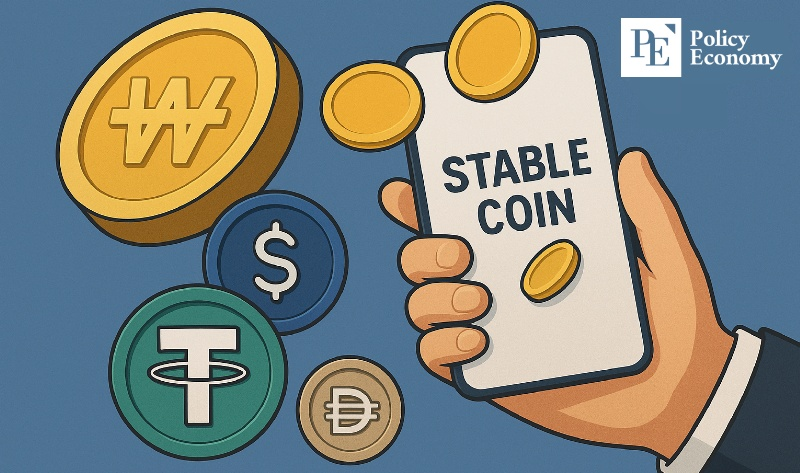
Balancing capital controls with digital innovation
China’s decision to pilot stablecoins in Hong Kong illustrates the dilemma. Mainland issuance risked undermining capital controls and triggering large-scale outflows. By contrast, Hong Kong’s Monetary Authority recently approved fiat-backed token issuance under a licensing regime, but only for a handful of firms and limited initially to B2B use cases.
It also created a sandbox program with stringent vetting, requiring clear business cases, reserve management capacity, and legal dispute mechanisms. Officials emphasized that the goal was to test efficiency and cross-border potential while containing speculation and capital flight.
Analysts believe South Korea faces similar challenges. Even if a won-backed stablecoin is introduced, it would struggle to compete with dollar-denominated tokens that offer higher yields and deeper liquidity. Worse, capital could flow out of the won entirely into dollar stablecoins or indirectly into bitcoin and altcoins via offshore exchanges. The Bank for International Settlements has also cautioned that “stablecoins based on non-dollar currencies will not erode demand for dollar stablecoins, and may instead create new channels for capital outflow.”

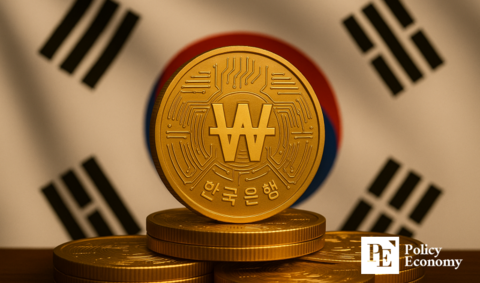
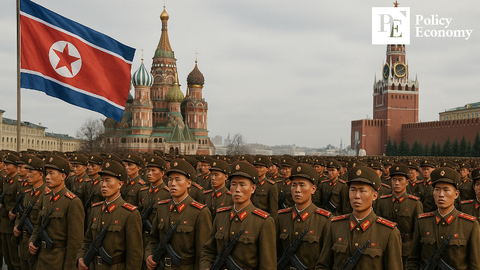
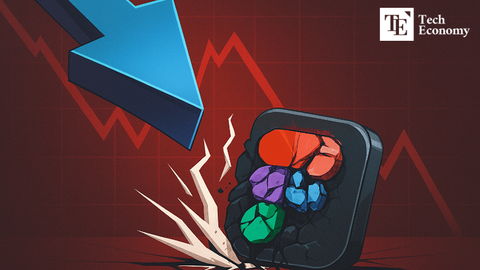
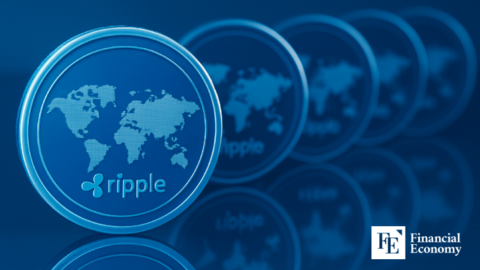


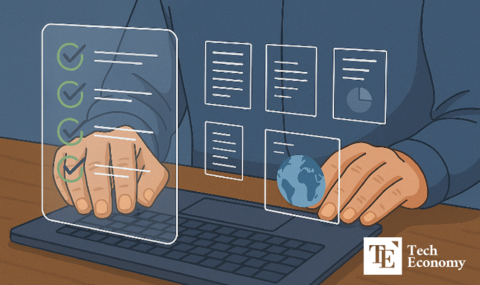
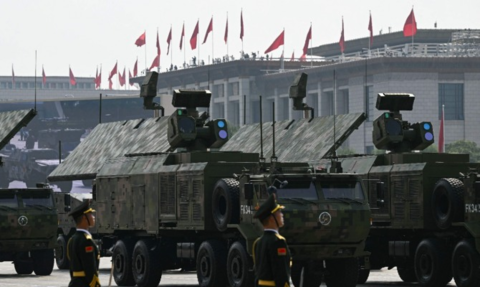
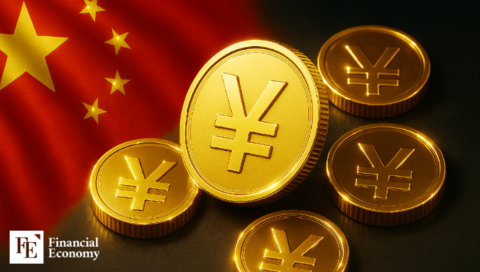












Comment